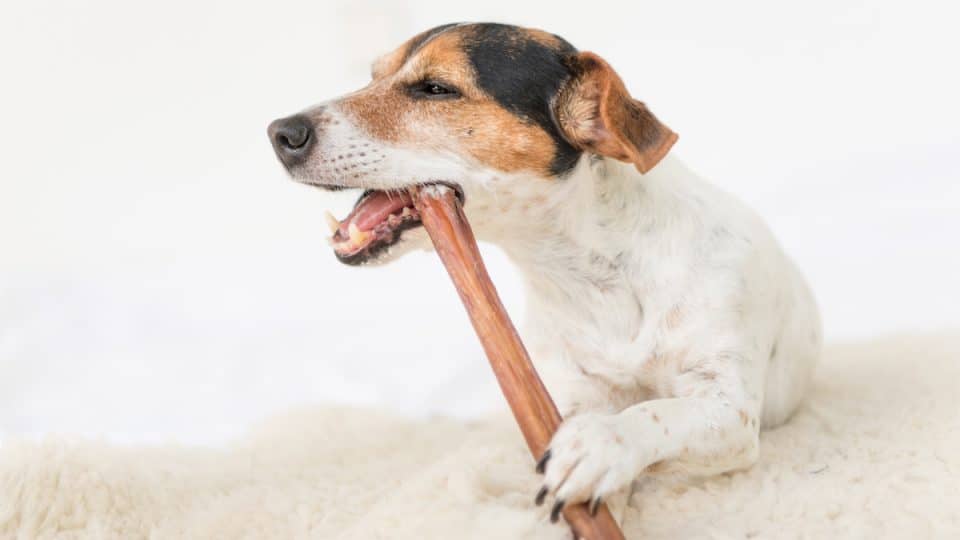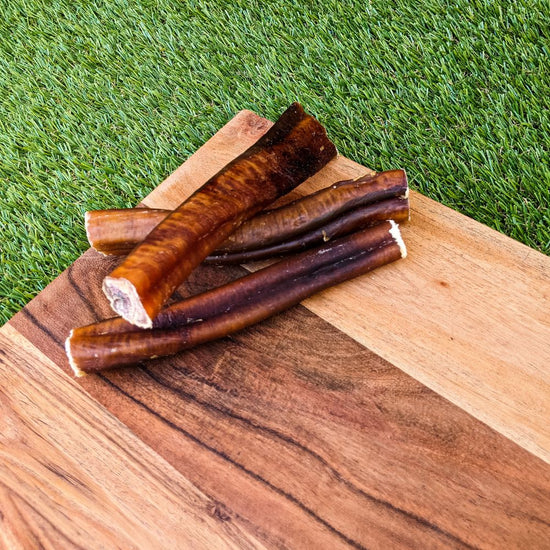
The Comprehensive Guide to Canine Nutrition: Feeding Your Dog for Health and Longevity

Proper nutrition is the cornerstone of a healthy, happy life for your dog. With countless dog food options available, it can be challenging to choose the right diet for your furry friend. This comprehensive guide covers everything you need to know about canine nutrition, helping you make informed decisions to ensure your dog’s health and longevity.
Understanding Canine Nutritional Needs
1. Essential Nutrients: Dogs require a balanced diet that includes proteins, fats, carbohydrates, vitamins, and minerals. Each nutrient plays a crucial role in your dog’s overall health:
- Proteins: Essential for growth, muscle development, and tissue repair. Sources include meat, fish, eggs, and legumes.
- Fats: Provide energy and support healthy skin and coat. Sources include fish oil, chicken fat, and flaxseed.
- Carbohydrates: Supply energy and support digestive health. Sources include grains, vegetables, and fruits.
- Vitamins and Minerals: Vital for metabolic functions, immune health, and bone strength. Ensure your dog’s diet includes a variety of foods to cover these nutrients (Fluffy Tamer) (The Rich Groomer) (Pet Services at your doorstep).
2. Life Stage Considerations: Nutritional requirements change throughout your dog’s life. Puppies, adult dogs, and seniors have different dietary needs:
- Puppies: Require more protein and fat to support rapid growth and development.
- Adult Dogs: Need a balanced diet to maintain health and energy levels.
- Senior Dogs: May require fewer calories but higher fiber content to support digestion and prevent obesity (The Rich Groomer) (Fluffy Tamer).
Choosing the Right Dog Food
1. Types of Dog Food: There are several types of dog food, each with its advantages and disadvantages:
- Dry Kibble: Convenient and shelf-stable. Look for high-quality kibble with meat as the first ingredient.
- Wet Food: Higher moisture content, which can be beneficial for hydration. Choose brands with natural ingredients and no artificial additives.
- Raw Diet: Comprises raw meat, bones, fruits, and vegetables. Consult your vet before switching to a raw diet to ensure it meets all nutritional needs.
- Homemade Diet: Allows control over ingredients but requires careful planning to ensure a balanced diet. Work with a veterinary nutritionist to develop recipes (The Rich Groomer) (Fluffy Tamer).
2. Reading Dog Food Labels: Understanding dog food labels is crucial for selecting a nutritious diet:
- Ingredients List: Look for named protein sources (e.g., chicken, beef) as the first ingredient. Avoid foods with generic terms like “meat meal” or “animal by-products.”
- Guaranteed Analysis: Provides nutrient percentages. Ensure the food meets the minimum requirements for protein and fat.
- AAFCO Statement: Indicates the food meets the nutritional standards set by the Association of American Feed Control Officials (AAFCO) for your dog’s life stage (The Rich Groomer) (Pet Services at your doorstep).
3. Special Dietary Needs: Some dogs have special dietary requirements due to health conditions:
- Allergies: If your dog has food allergies, opt for hypoallergenic diets with novel protein sources like duck or venison.
- Weight Management: Choose low-calorie, high-fiber foods for weight control.
- Joint Health: Foods with added glucosamine and chondroitin support joint health in older dogs (Pet Services at your doorstep) (Fluffy Tamer).
Feeding Guidelines and Tips
1. Portion Control: Overfeeding can lead to obesity, which is linked to various health issues. Follow the feeding guidelines on the dog food package and adjust based on your dog’s activity level and body condition (The Rich Groomer).
2. Feeding Schedule: Establish a consistent feeding schedule. Most adult dogs do well with two meals per day, while puppies may need three to four smaller meals (Pet Services at your doorstep).
3. Fresh Water: Always provide access to fresh, clean water. Hydration is crucial for your dog’s overall health, especially if feeding dry kibble (Pet Services at your doorstep).
4. Avoiding Harmful Foods: Some human foods are toxic to dogs, including chocolate, grapes, onions, and garlic. Educate yourself on foods that are harmful to dogs and keep them out of reach (The Rich Groomer).
Monitoring Your Dog’s Health
1. Regular Vet Check-Ups: Routine veterinary visits are essential for monitoring your dog’s health and adjusting their diet as needed. Your vet can provide tailored nutritional advice based on your dog’s specific needs (Fluffy Tamer).
2. Weight Management: Regularly weigh your dog and check for signs of weight gain or loss. Adjust their diet and exercise routine accordingly to maintain a healthy weight (The Rich Groomer) (Pet Services at your doorstep).
3. Coat and Skin Health: A shiny coat and healthy skin indicate good nutrition. If you notice dullness, excessive shedding, or skin issues, consult your vet to adjust your dog’s diet (Fluffy Tamer).
Conclusion
Providing your dog with a balanced and nutritious diet is essential for their health and longevity. By understanding their nutritional needs, choosing the right food, and following feeding guidelines, you can ensure your furry friend leads a happy, healthy life.
FAQs:
Q: How do I know if my dog’s food is nutritious? A: Look for high-quality ingredients, a balanced nutrient profile, and an AAFCO statement indicating the food meets nutritional standards (Fluffy Tamer).
Q: Can I feed my dog a vegetarian diet? A: While dogs are omnivores, a vegetarian diet can be challenging to balance. Consult a veterinary nutritionist to ensure it meets all nutritional needs (The Rich Groomer).
Q: How often should I change my dog’s food? A: Gradual transitions are best when changing your dog’s food. Introduce new food slowly over a week to prevent digestive upset (Pet Services at your doorstep).
For more detailed information and resources, you can visit The Rich Groomer, Dec's Pets, and PawPurrfect.






